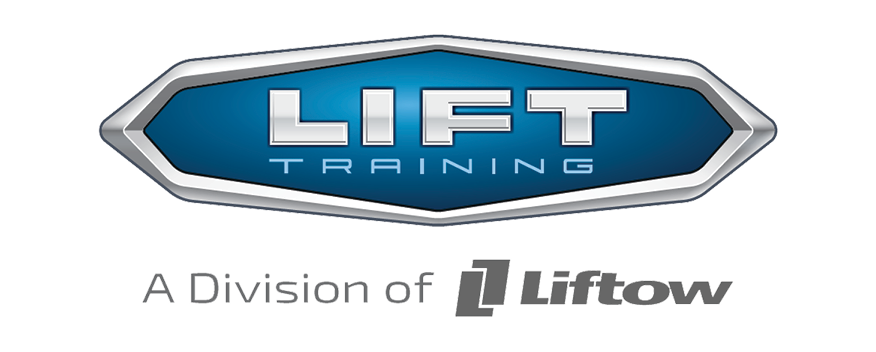
Safety compliance in workplaces is a top priority for businesses across Ontario. As the world continues to adapt and respond to new challenges, staying updated with safety rules becomes more important. Workplace safety not only protects employees but also boosts the efficiency of operations. Ensuring that everyone knows and follows these regulations isn’t just smart—it’s necessary.
Ontario is known for setting high standards when it comes to workplace safety. Companies must be aware of these regulations and continuously adapt their strategies to meet them. Implementing effective safety compliance training helps establish a safe environment where everyone knows how to avoid hazards and respond to emergencies.
Understanding Ontario’s Safety Compliance Requirements
Ontario has specific safety regulations designed to protect workers across different industries. Understanding these rules involves knowing the key requirements and recent updates that might affect your business. It’s not just about compliance for the sake of rules; adhering to these standards plays a significant role in safeguarding everyone.
Let’s break down some vital areas:
– Key Regulations: Workplace safety in Ontario is guided by the Occupational Health and Safety Act, which sets out the duties of employers, supervisors, and workers. Knowing what is expected of each party can prevent potential mishaps.
– Updates for 2025: With changing environments, regulations often get updated. Staying informed about these changes helps businesses stay compliant and avoid fines. For 2025, there might be new guidelines focusing on more effective safety practices.
– Consequences of Non-compliance: Without proper adherence to these rules, businesses may face penalties and legal actions. More importantly, non-compliance could lead to accidents that could have been avoided with proper safety measures.
By understanding these elements, companies can maintain a good standing with safety authorities while ensuring a secure place for their teams. Addressing these requirements is a proactive step towards a healthier and more productive working environment.
Key Components of Effective Safety Compliance Training
Effective safety compliance training is built on several key components that ensure employees are well-prepared to handle various situations safely. The first step is identifying the critical safety topics that need to be addressed. These can range from fire safety procedures to the proper handling of hazardous materials. It’s important to tailor these topics to the specific needs and risks associated with your workplace.
Regular training sessions play a significant role in keeping safety procedures fresh in employees’ minds. These sessions can vary in format, from interactive workshops to online courses, ensuring everyone has the opportunity to engage and learn. Refreshing safety knowledge isn’t just a one-time event; ongoing education helps to keep up with any changes in safety protocols or regulations.
Another crucial element is the role of refresher courses. These courses reinforce what has been learned and allow employees to revisit essential safety practices. Continuous education means that when new regulations come into play, everyone is prepared and knowledgeable about how to comply.
Implementing a Comprehensive Safety Training Program
Rolling out a comprehensive safety training program requires careful planning and execution. The initial step involves developing a clear blueprint of what the program will encompass. Outline the objectives and ensure each one aligns with the latest safety regulations and company needs.
Next comes the decision of delivery methods. You could offer training through in-person sessions, which foster hands-on learning experiences, or opt for online training, providing flexibility for busy schedules. Blended approaches can also be effective, combining the benefits of both methods.
Managing and tracking certifications is another aspect of keeping a successful training program on track. Implementing a system that not only tracks employee progress but also ensures certifications are up-to-date is paramount. This helps maintain compliance and shows a commitment to safety standards.
Best Practices for Ensuring Ongoing Compliance
Ensuring ongoing compliance requires dedication and a proactive approach. Regular safety audits and assessments form the backbone of a strong safety culture. These evaluations help identify areas of improvement and ensure compliance with existing regulations.
Fostering a culture where safety is a shared responsibility encourages everyone to stay vigilant. Simple practices like encouraging open discussions about safety can significantly enhance engagement. Here are a few tips to keep safety at the forefront:
– Make safety information accessible and easy to understand.
– Recognize and reward employees for proactive safety actions.
– Include safety goals and achievements in regular meetings.
By incorporating these best practices, businesses can create a workplace where safety is a top priority, and compliance is a natural part of day-to-day operations.
Your Roadmap to Safety Compliance Success
As we navigate the landscape of safety compliance, it’s clear that success involves a well-structured plan and a commitment to continuous improvement. From understanding regulations to implementing a robust training program, every step contributes to a safer work environment.
Remember that achieving compliance is an ongoing journey. Keeping up-to-date with regulations, regularly engaging in training, and fostering a culture that values safety can lead to sustained success. Achieving a compliant and safe workplace benefits not just the bottom line but, most importantly, the people who make up your team.
Wrapping your head around safety regulations can be challenging, but developing a solid training program is the first step. By emphasizing regular learning sessions and continuous improvements, a safe workplace becomes more achievable. To gain a deeper understanding of safety compliance training that supports your organizational goals, visit LIFT Training. Equip your team with the right knowledge and tools to create a safer work environment today.
